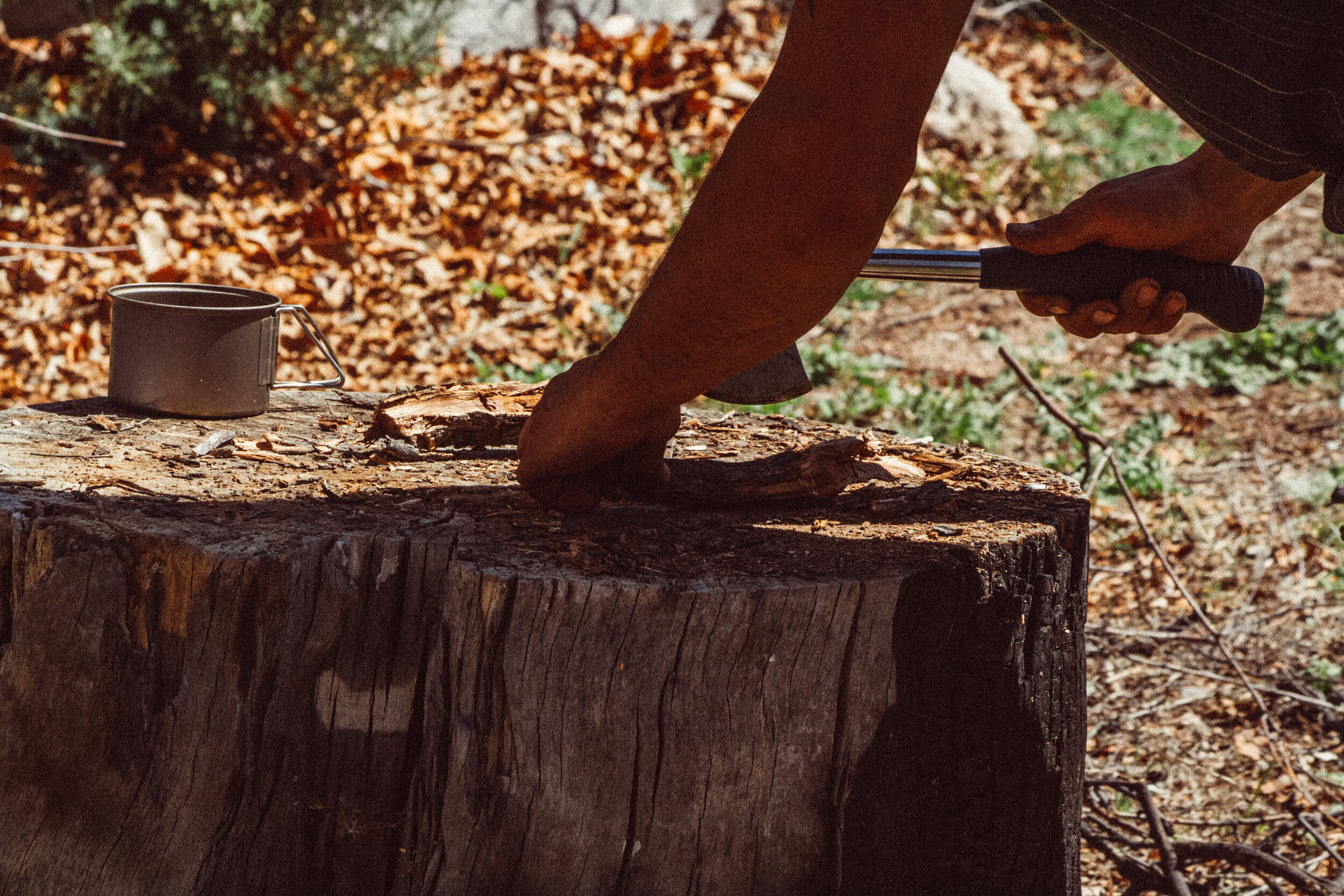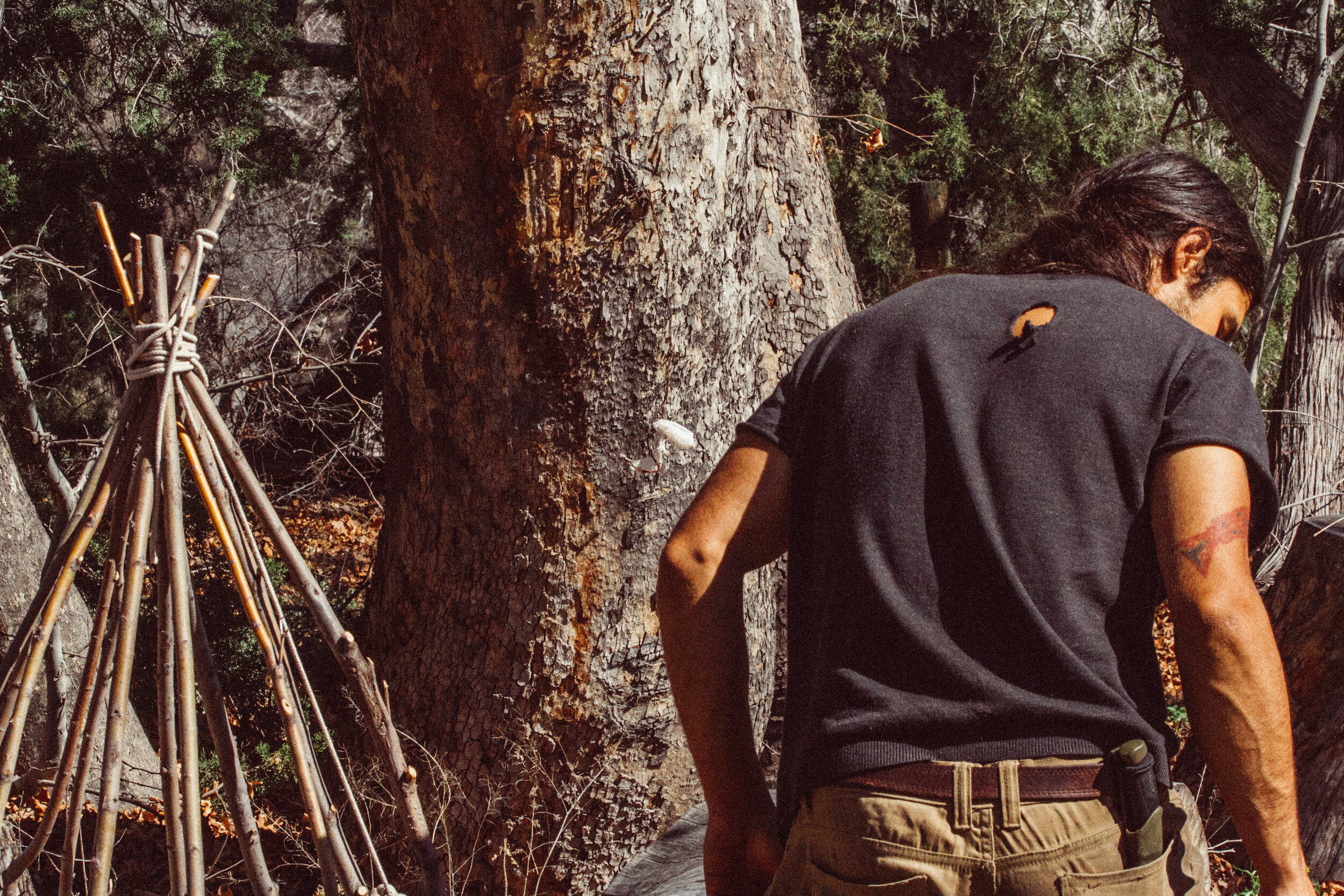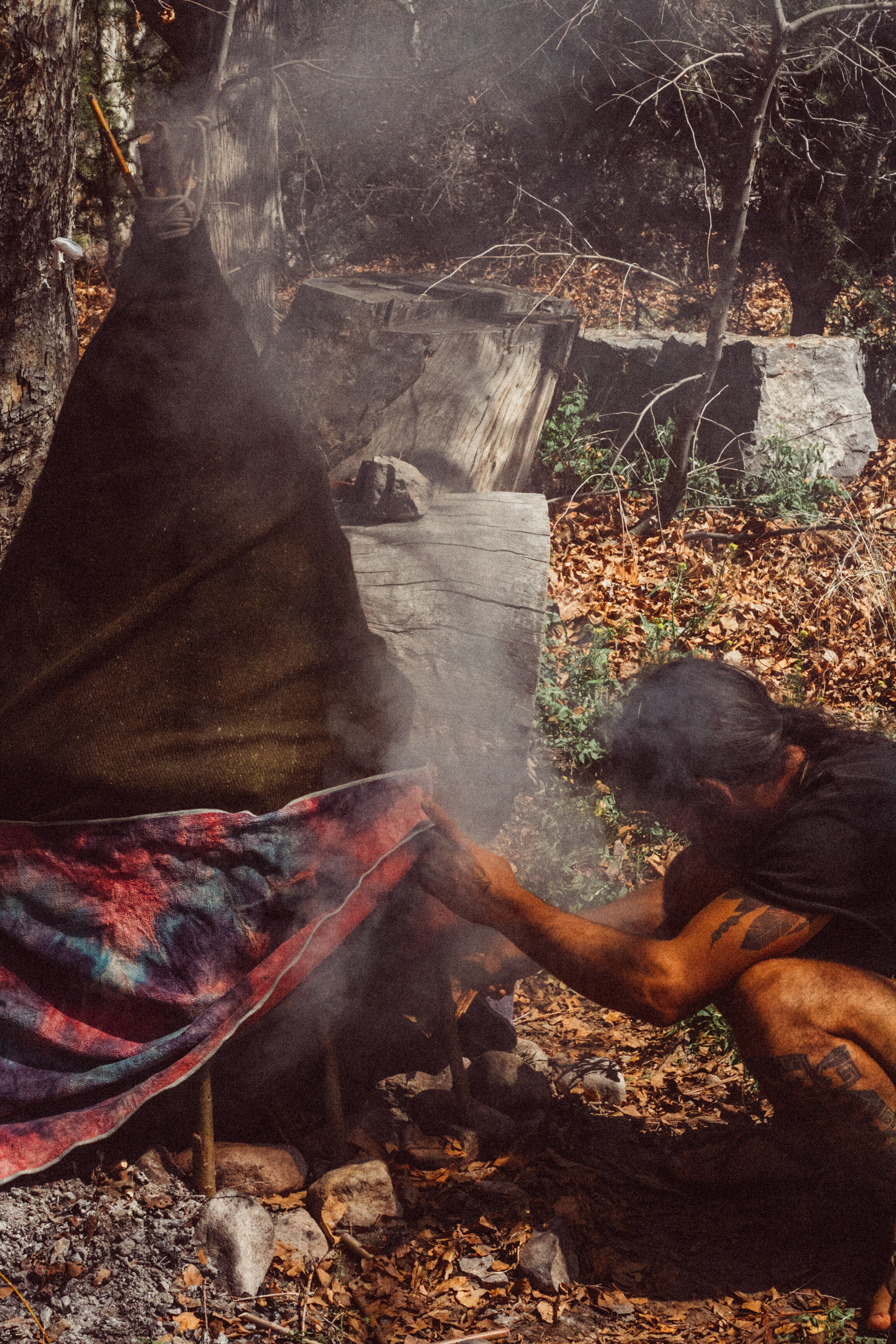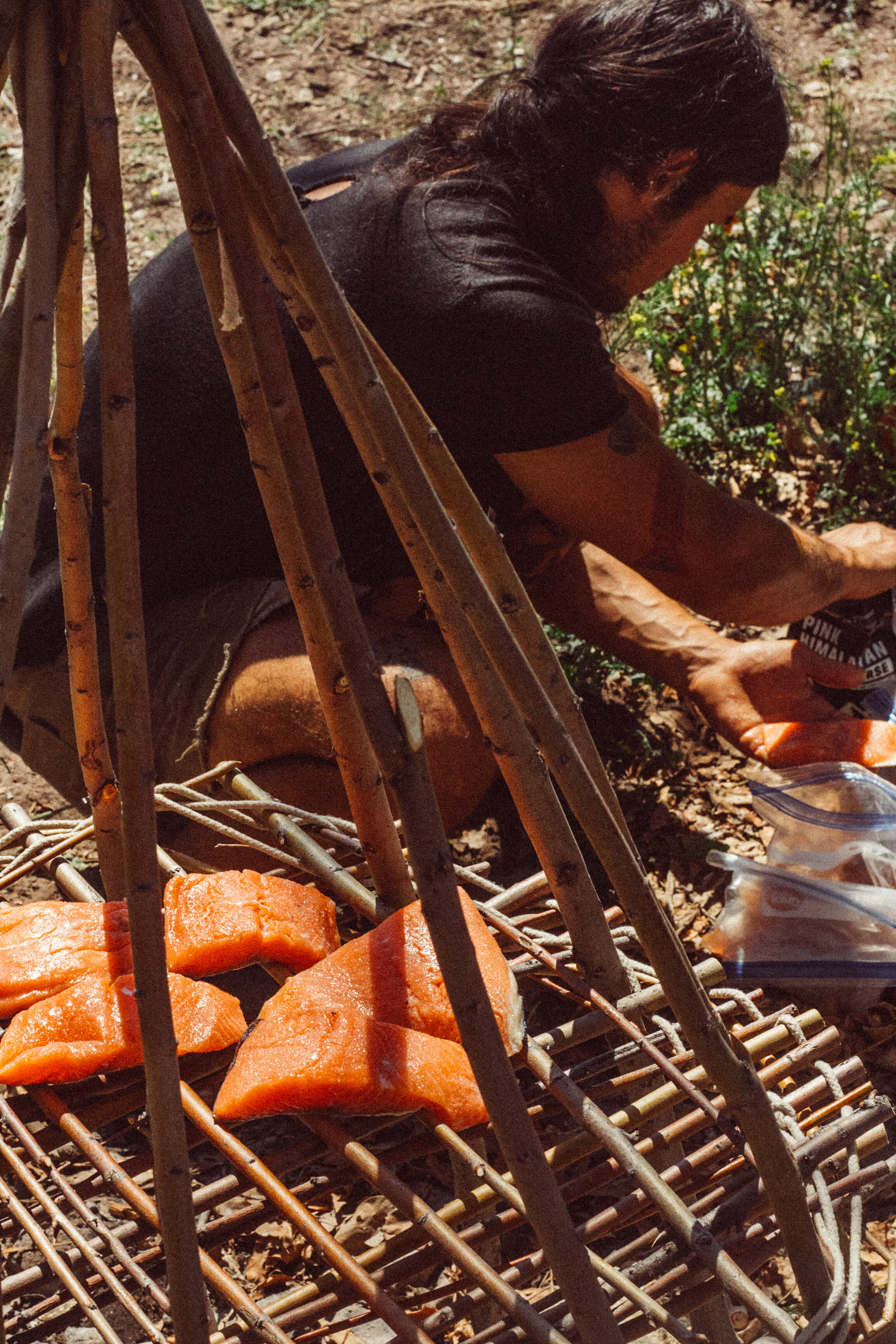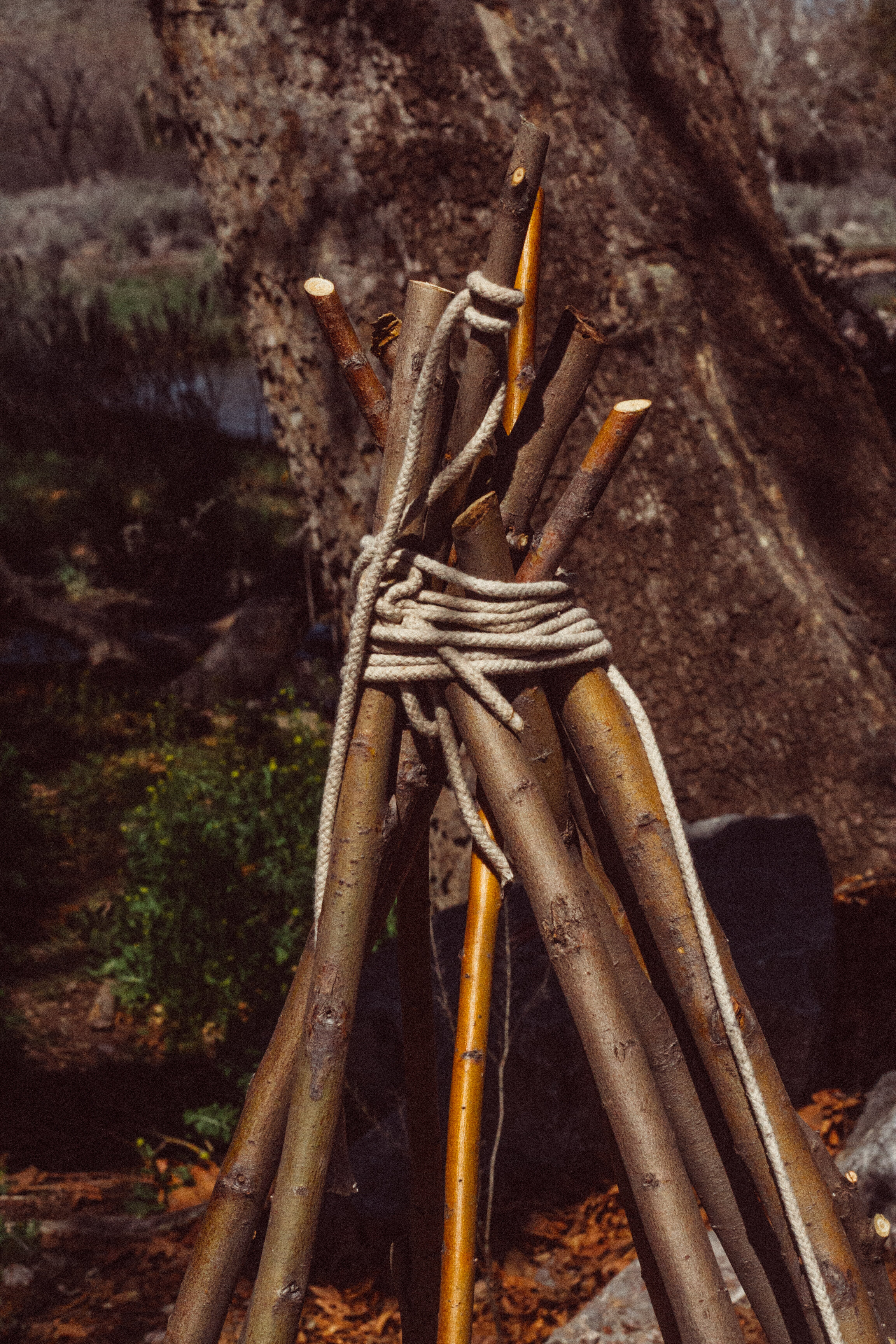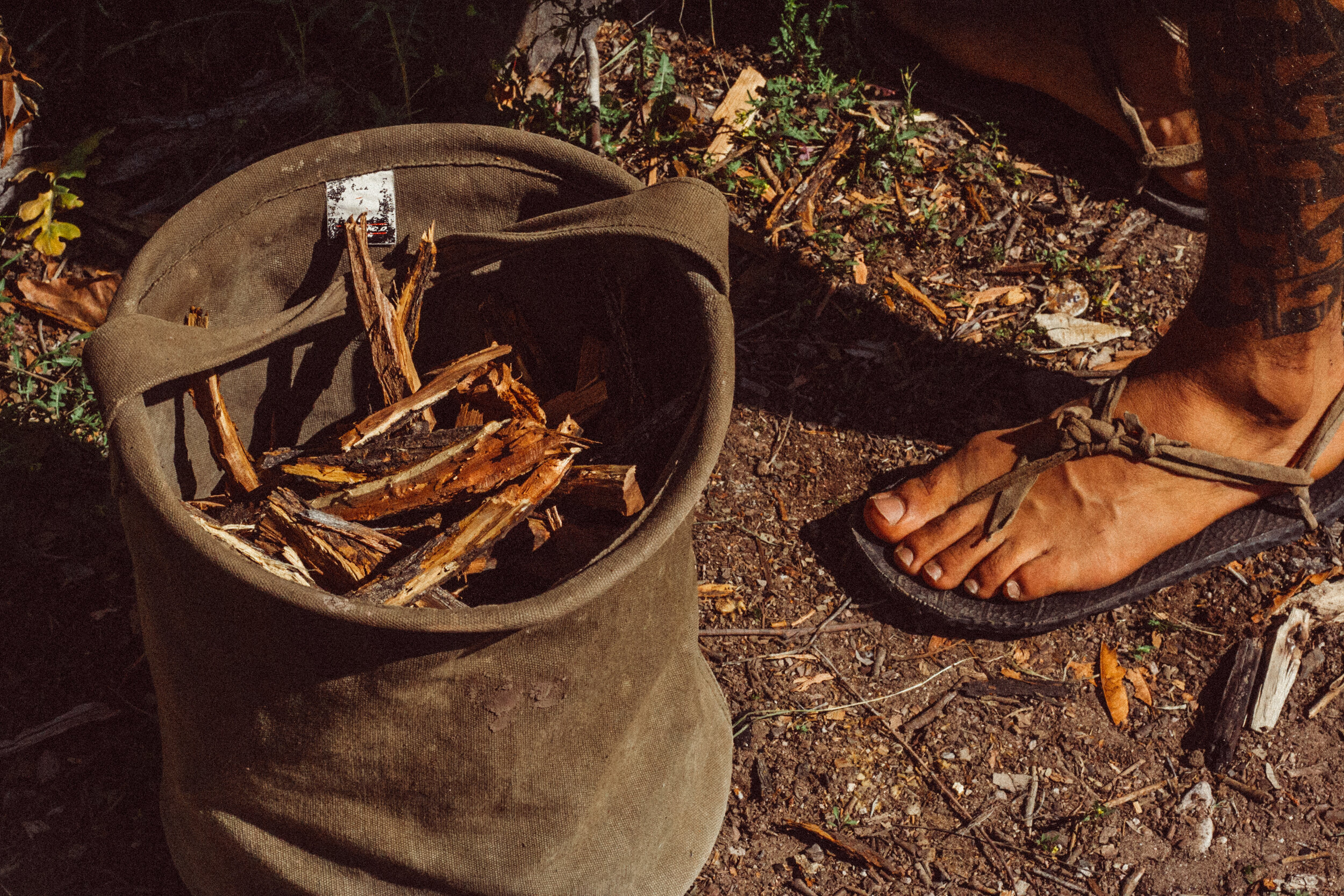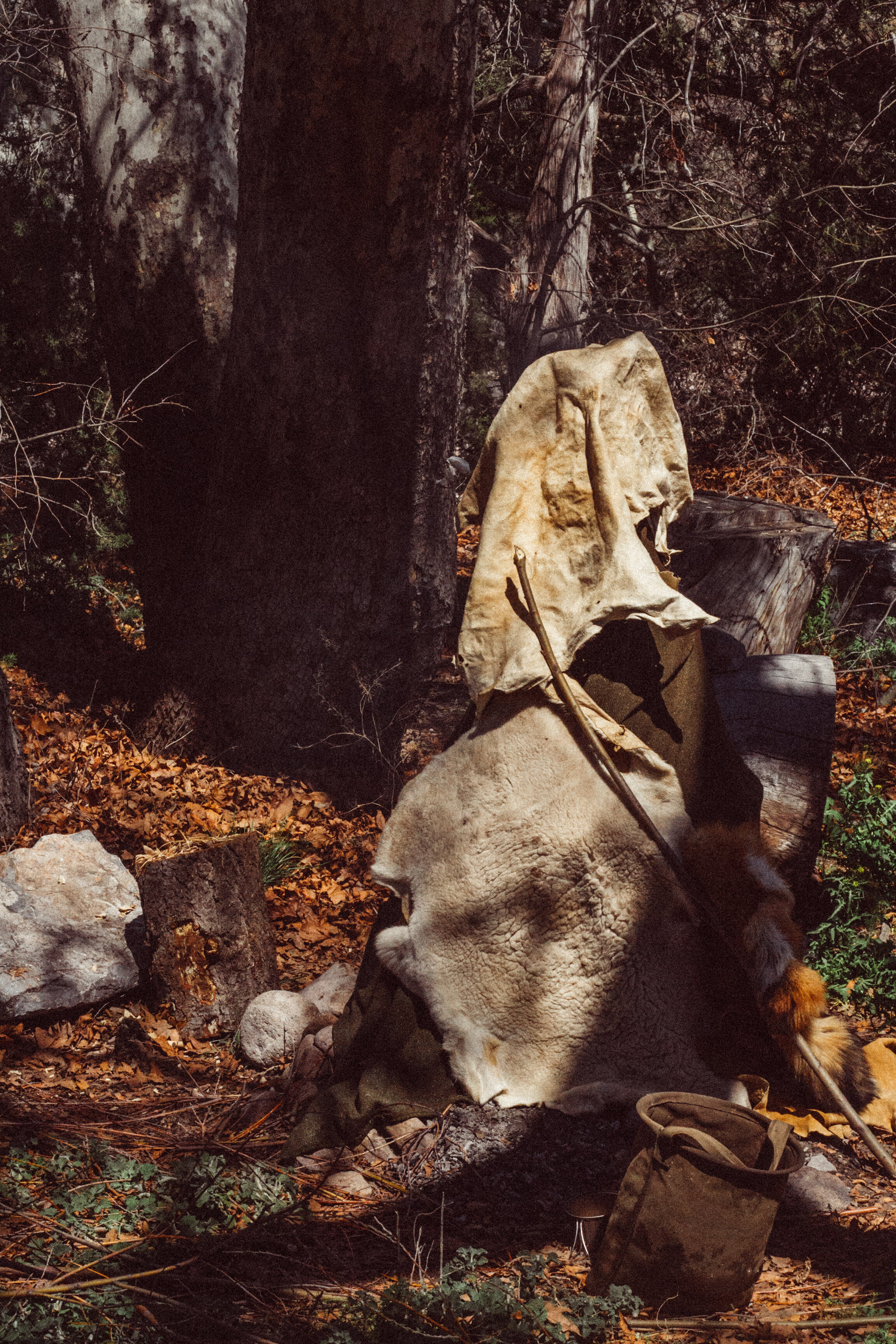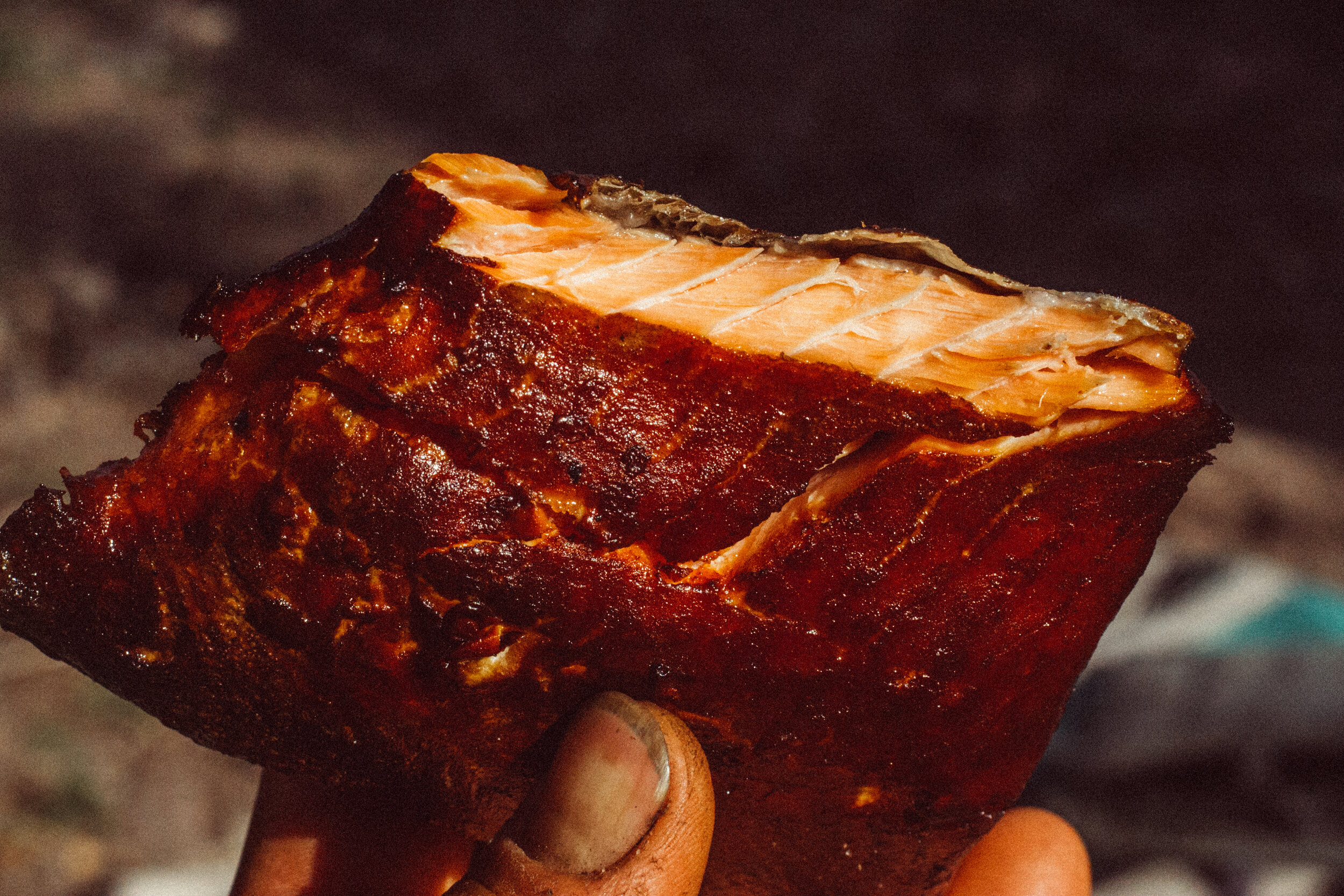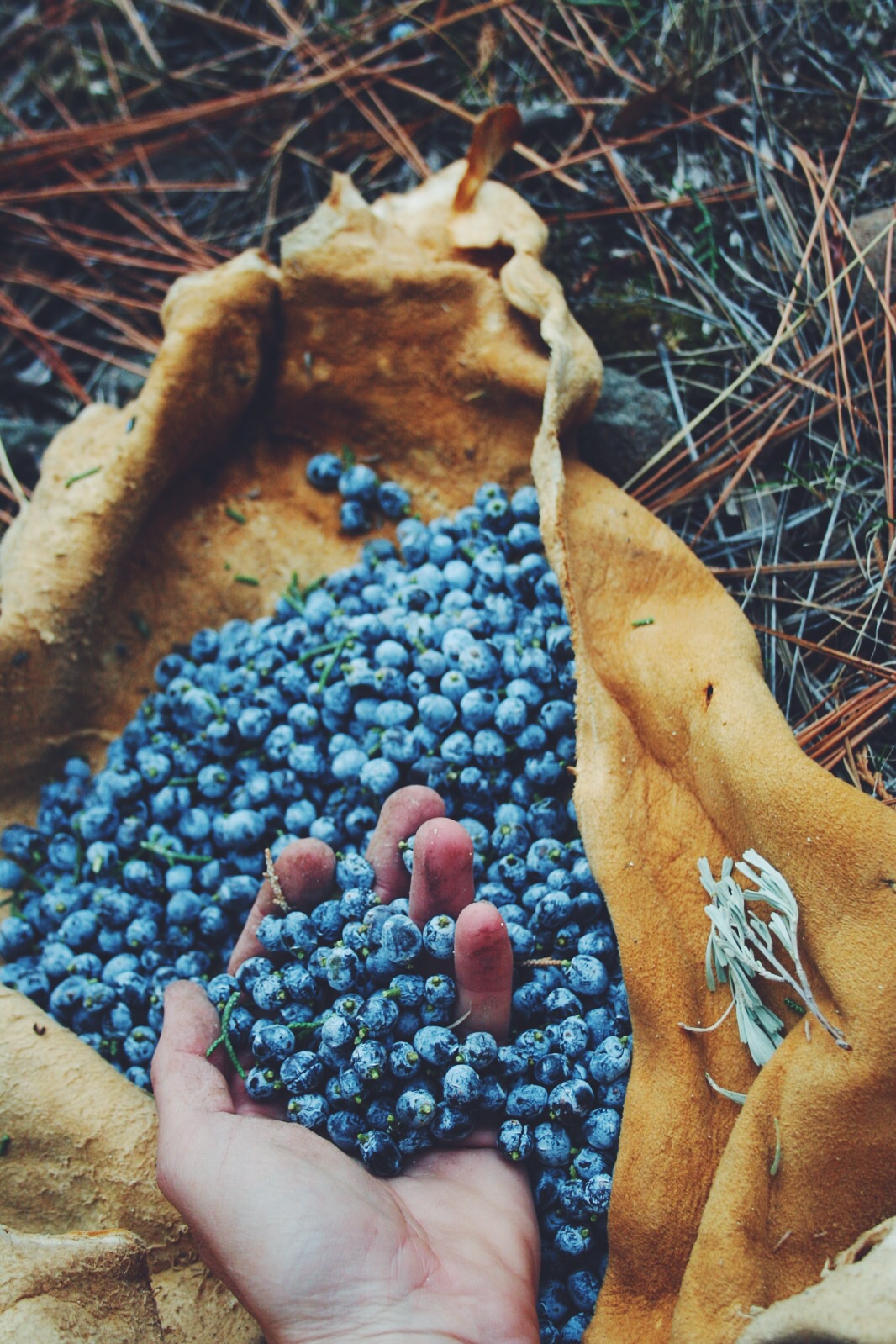This past month, I've been staying close to the Gila river, a mostly un-dammed river, located in southern New Mexico. According to Wikipedia: 'Indigenous peoples have lived along the river for at least 2,000 years, establishing complex agricultural societies before European exploration of the region began in the 16th century.' (Gila, below) The river was the center of life, and was inhabited by the Pima, Hohokam.
Aldo Leopold aided in helping make much of the upper Gila River watershed a designated 'wilderness,' one of the first so-called designations in the country. 'Wilderness' is a problematic word, given that it erases the presence of native peoples that historically lived in the Gila before our Victorian ideal of 'pristine wilderness.’ ‘Wilderness’ doesn't include the presence of humans, in fact, it supports the idea that humans can only have a negative impact on the land and that the best we can do is separate ourselves from nature to mitigate harm. Yet, it's designation as wilderness gave it an extra layer of protection from resource extraction and road building, and I also appreciate how these actions have held this place. Work is needed to include the free practice of wild-tending by the humans who lived here historically. This measure of 'protection' needs to freely invite and include the indigenous peoples of this land to harvest food and medicine from their traditional sites without question. My ability to camp along its rivers and revel in its peace, beauty and gentle Spring unfolding is due to the care-taking by indigenous peoples who lives along its shores and in cliff dwellings, and the work of Aldo Leopold and others to protect it. Unfortunately, folks have been trying to put a dam on the Gila for years now, citing that ‘Arizona is getting rich off having access to the river’ downstream.
Gabe (who was on a couple recent episodes of the Ground Shots Podcast, where we spoke on the importance of wild-tending and re-thinking invasive plants, alongside Nikki Hill) went on a 7 day solo in the wilderness and I camped with my truck camper by the trailhead for awhile where he walked out. I spent a few days reveling in the quiet, and the lack of social interaction with other humans. The longer I did this, the more the land became illuminated. The Willow began to sprout tiny leaves from its red bark and slender sticks, the spicy wild Mustards began to flower, the low growing Horehound sent out new fresh teal green/blue leaves. The river rose and fell many times in occasional much needed rainstorms. I saw the creeks that run into the Gila fog up with mud and silt, and then clear back out revealing once again a beautiful array of colorful rocks on its bottom. The Gila river itself has been swift, too swift for me to feel comfortable crossing. This swiftness is good— the rain is needed. The California poppies have been exploding from the rains, visible even on the distant hillsides.
After Gabe got out of his solo, we joyfully reunited and after a few days of camping together by the river in my camper, with more infrastructure than his primitive set-up, we went to town, and found out that the Cornovirus situation had seriously escalated. It still had not gotten bad enough that we felt too worried especially in this remote part of the world, and we went and bought more food and checked the dumpster as we always do, because plenty of good food is thrown away every day. We found a lot of Salmon in one of the dumpsters, enough that we couldn't eat it all right away. It was still cold and smelled fine.
Gabe thought: why don't we try to smoke it? He lived with an old Swede in the backwoods of Alaska at one point where he learned to smoke fish, but it had been years. Smoking fish is a way to preserve it when you have a lot. I think there is something to be said about experimenting with what we have in the times we live in right now – we can't go back to living fully in some kind of 'primitive way' a romanticism I all too often see at primitive skills gatherings that celebrate Paleolithic era skills. But we can learn from what we do know about the past, and what we have right in front of us right now.
We both don't know exactly the 'right way' to smoke fish, but we had some general ideas, and camping out there with no cell or internet, you can't just google it. We went and harvested some Willow (Salix spp. (Salicaceae)) branches of different sizes to build our frame. It felt like an intuitive process, and that place of feeling guided us in the process that also felt like making art - free flowing and fun.
We then cut the branches off of the big Willow, and cut them to a generally similar size tying them together in a tee-pee shape. We cut the ends into points with a hatchet to secure the frame into the ground. The bark peels easily from the Willow right now, and we peeled some to tie off the big Willow in some areas. We cut smaller pieces and wove a loose platform in the center of our circular frame. We used some cotton rope I had to secure the smaller branches in place by weaving it loose around the outside of the frame. This platform is where the fish would rest while a smoky fire is maintained underneath. Again, we were experimenting even in the building of a frame to use for smoking, and since we didn't have a ton of fish, we kept it small.
Now I think ideally (without google-ing it), that it's good to brine fish in salt and spices, maybe even maple syrup, before smoking it. Since we felt like we needed to smoke this fish right away, we didn't do this. We sprinkled salt on both sides before we set the fish on the shelf. We were learning as we went, and in the future if we ended up with a ton of fresh fish, we'd likely brine it first. And, build a bigger smoker.
We harvested some Mesquite (Prosopis spp. (Fabaceae)) branches, a tree that grew very abundantly all around us. Mesquite is commonly used for smoking fish and meat. We also used a little Emory Oak (Quercus emoryi (Fagaceae) and Juniper (Juniperus spp. (Cupressaceae)) to get the fire going. We chopped up the Mesquite in small pieces, and we discovered later that the pieces should be really small if you don't want a fire to flare up at any point. The concept is similar to when you smoke hides after brain-tanning them; except in the case of brain-tanning, you usually use dry punky wood rather than wet wood that isn't rotten. We didn't have any canvas, which would have been ideal for the cover of the smoker, so we used Gabe's wool blanket. It didn't totally cover it, so we used some hides to finish off the covering, which turned out to work well after we got the heat level right on the smoke. The smoke penetrated the hides too and some of the ones we had could use another round of smoking anyway.
fish after our first smoke check
The idea is to make a fire and then get it to hot coals (also like smoking a hide for brain-tanning) and then have your wood ready to throw on the coals to produce smoke. Gabe said that the wood should be wet to make it smoky. So, he filled his canvas army bucket with water and mesquite chips to get it soaking. Maybe in the future, we'd soak that wood overnight.
Fish after it was done:
After the fire is coals, and you have your wood wet and ready, you occasionally throw new pieces on to keep the smoke going. The smoke gets out of the top and through the blanket some, but we ended up eventually piling our sheepskins on the outside of the blanket to condense the smoke more.
For a couple hours we took turns tending the smoker and keeping it from flaming by throwing water on it when needed. We weren't sure how long to do it for, so after awhile we took off the blanket and checked the fish. It looked pretty good, darkened by the smoke, but we decided to move them around and smoke them a little more to make sure it was done all the way through.
We definitely both inhaled a little too much smoke in the process of checking the fire for flames, so the next day we made good lung tea, an important thing now too with the Virus going around.
After awhile longer, we decided to be done and took off the blanket to find well smoked fish. Even without the brining, the fish was really flavorful. It felt like alchemy, magic, to put together these pieces and turn something that was getting thrown away for no apparent reason into a learning opportunity and preserved food – without the use of electricity or canning.
I share this because I want to share that humans are intelligent, and have a lot of skills of ingenuity. Sometimes that cleverness gets us in trouble, and has us dependent on our intricate inventions. But, we can always use this same cleverness to craft these fairly simply technologies to make it work, to help us get what we need, and with revel and joy, not 'panicking survival.' Gabe and I have been discussing what it means to make these kinds of things a part of everyday life, and when things shift a big way in our world, as it feels like its doing right now, it doesn't feel like mere survival but a normal way of engaging the land.
This fish was probably from a fish farm, and came from far away. There's something to be said about transforming the poisonous parts of our world, into something that glows and is renewed. The more we take even the smallest actions to do this – the more we can send out ripple effects that we can't even fully perceive in the moments we try. But, it IS palpable, and the Sycamore that shaded us could feel it, the Willows, Juniper could feel it too.
//////
Gila River. Wikipedia. Accessed March 2020. https://en.wikipedia.org/wiki/Gila_River
Miller, Elizabeth. “More Water or More Wild: The Decades-Long Struggle over the Gila River’s Fate” New Mexico In Depth. October 4, 2019. http://nmindepth.com/2019/10/04/more-water-or-more-wild-the-decades-long-struggle-over-the-gila-rivers-fate/






